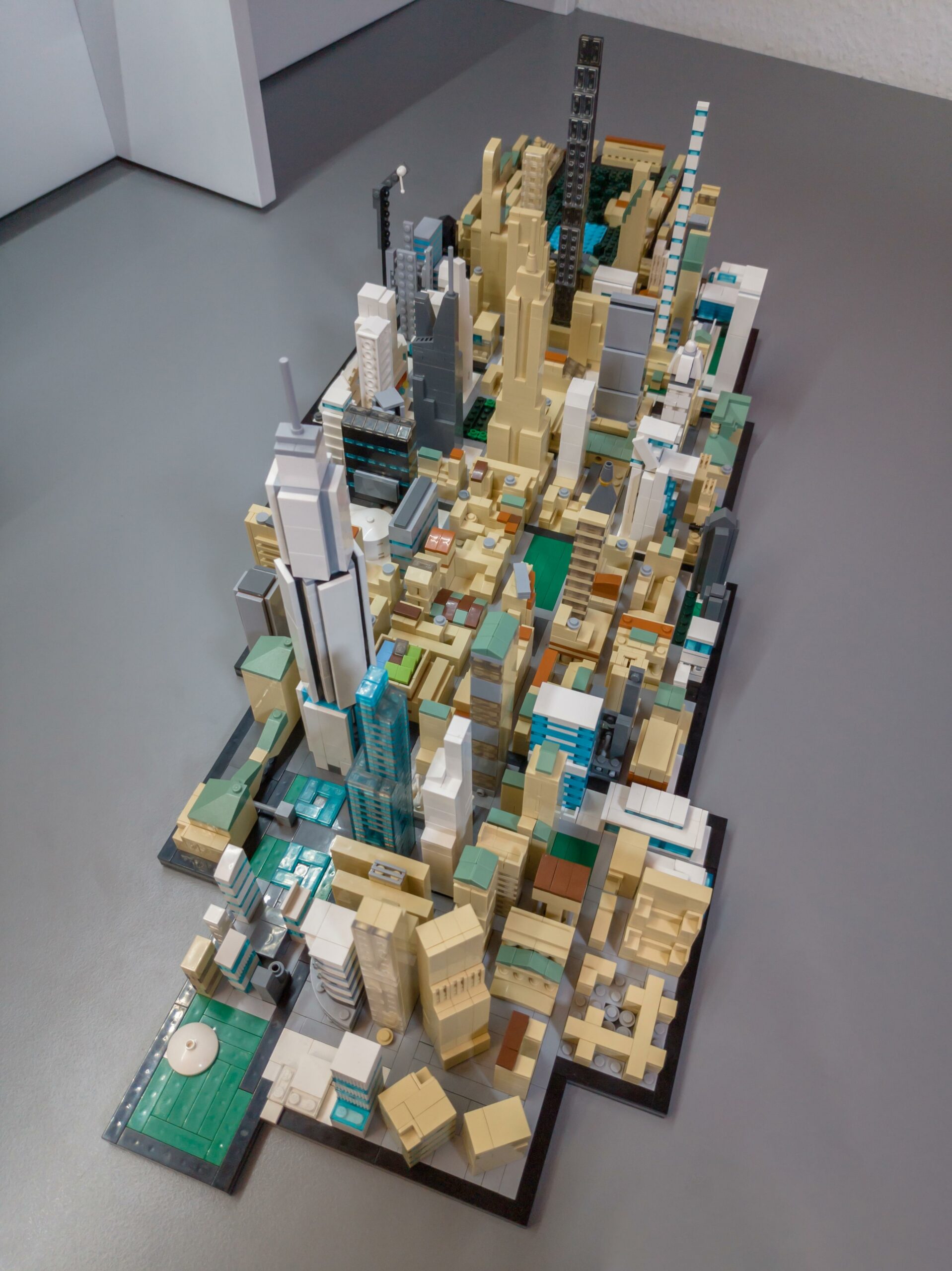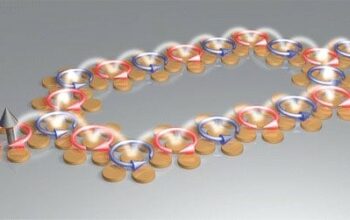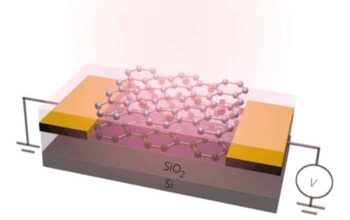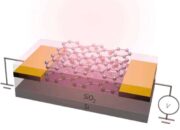In the realm of condensed matter physics, ferroelectricity occupies a position akin to a tantalizing frontier, where fundamental phenomena converge and present opportunities that ripple across various scientific and engineering disciplines. At the interface between electricity and polar ordering, ferroelectric materials have long enthralled researchers with their unusual capability to exhibit spontaneous polarization that can be reversed by the application of an external electric field. The advent of nanotechnology heralds a profound transformation in our understanding of these materials, propelling ferroelectricity into a new era and illuminating the fascinating world of ferroelectric behavior on the nano-scale.
The term “ferroelectric” derives its name from the analogy to ferromagnetism, reflecting the inherent symmetry breaking that gives rise to ordered dipoles. Within bulk ferroelectrics, such as barium titanate (BaTiO3) and lead zirconate titanate (PZT), the polarization is manifested as a macroscopic property. However, as we delve into the nanometers that define the nano-scale, the characteristics of ferroelectric materials evolve in ways that defy traditional notions. During this transition, the properties that were once well-established at larger scales start to unravel, revealing a nuanced tapestry of phenomena.
The unique properties that emerge at the nanoscopic level can be attributed to several factors. For instance, in ferroelectric thin films, confinement effects become dominant, leading to modifications in the phase transition temperatures and polarization states compared to their bulk counterparts. The tyranny of size introduces a shift in boundary conditions, resulting in enhanced surface effects that contribute to an altered dielectric response. Imagine the unfolding of a story—where the narrative of a material, once defined by bulk interactions, now embraces a proliferation of surface states, rolled up tightly within just a few nanometers.
Furthermore, the structural integrity and crystallographic dimensions are decisive in nano-sized ferroelectrics. Quantum mechanical effects, including electronic confinement and the quantization of energy levels, play a notable role, steepening the lines between classical and quantum realms. In this reconfiguring of physics, excitations at the nano-scale diminish spatial coherence, propelling ferroelectric phenomena into a rich domain of non-linear behavior. The interplay of polaritonic excitations with optoelectronic properties can yield a profound influence on the application spectrum of these materials.
The implications of ferroelectricity at the nano-scale extend across a multitude of applications, ranging from non-volatile memory to energy harvesting technologies. For instance, the miniaturization of ferroelectric materials into nanoscale capacitor systems can lead to devices that operate with vastly increased efficiency and speed. These nanostructured capacitors could embrace a future wherein energy density and switching times reach levels previously deemed unattainable. As we look towards practical applications of this emergent physics, the concept of a nanoscopic “memory backbone” emerges, where data is efficiently written and retrieved through polar state manipulation. This ushering in of novel information technologies encapsulates the merging of materials science with theoretical advancements.
Moreover, the examination of hybrid ferroelectric/ferromagnetic structures, often referred to as multiferroics, is an exciting domain in which the interplay of ordering phenomena can yield new functionalities. The incorporation of magnetism into ferroelectric systems opens pathways for devices that exploit the magnetoelectric coupling. These structures might very well symbolize the confluence of electric and magnetic domains, offering uncharted territory for future technological innovations. The ability to control one order parameter through another could lead to next-generation sensors and actuators that harness the dual nature of ferroelectricity and ferromagnetism.
As we tread further into the nano-scale domain, the role of defects and impurities becomes increasingly pertinent. In ferroelectric nanocrystals, the emergence of polarization heterogeneity may foster unique behaviors, often leading to enhanced dielectric properties or phase transition dynamics. Thus, an intricate dance occurs as the lattice responds to localized stresses and interactions, weaving a complex relationship between disorder and order. The metaphorical landscape of ferroelectricity on the nano-scale resembles a sprawling garden in which each plant species represents variations in order, while external factors—temperature, pressure, and dimensionality—serve as sculptors molding the foliage. Every defect can either inhibit or enhance polarization, adding layers of complexity to the already rich tapestry.
The allure of ferroelectricity on the nano-scale encapsulates the essence of material science in a practical context. It breathes life into fundamental physics, allowing for the creation of devices that exploit these anomalous properties. The employment of techniques such as atomic force microscopy and piezoresponse force microscopy reveals the intricate polarization landscapes that characterize these systems. Phase imaging becomes a crucial tool as we visualize the dynamics of polarization and comprehend the evolution of these states through real-time observation. These methodologies serve as the eyes through which researchers can perceive the nano-scale world and unravel its intricacies.
In conclusion, the unraveling of ferroelectric phenomena at the nano-scale presents a paradigm shift; it signifies a new era where traditional boundaries blur, and the possibilities are limited only by our imagination. With each advancement in our understanding, the nuanced behaviors of ferroelectrics could reshape entire industries, from electronics to renewable energy solutions. In this vibrant tapestry of discovery lies a promise—a promise that harnessing the power of ferroelectricity on the nano-scale may lead us toward a future replete with innovation and a deeper comprehension of material behaviors. The scientific community stands at the brink, poised for the next chapter in the narrative of ferroelectricity, ready to explore the ultimate potential that lies nested within these tiny realms.












